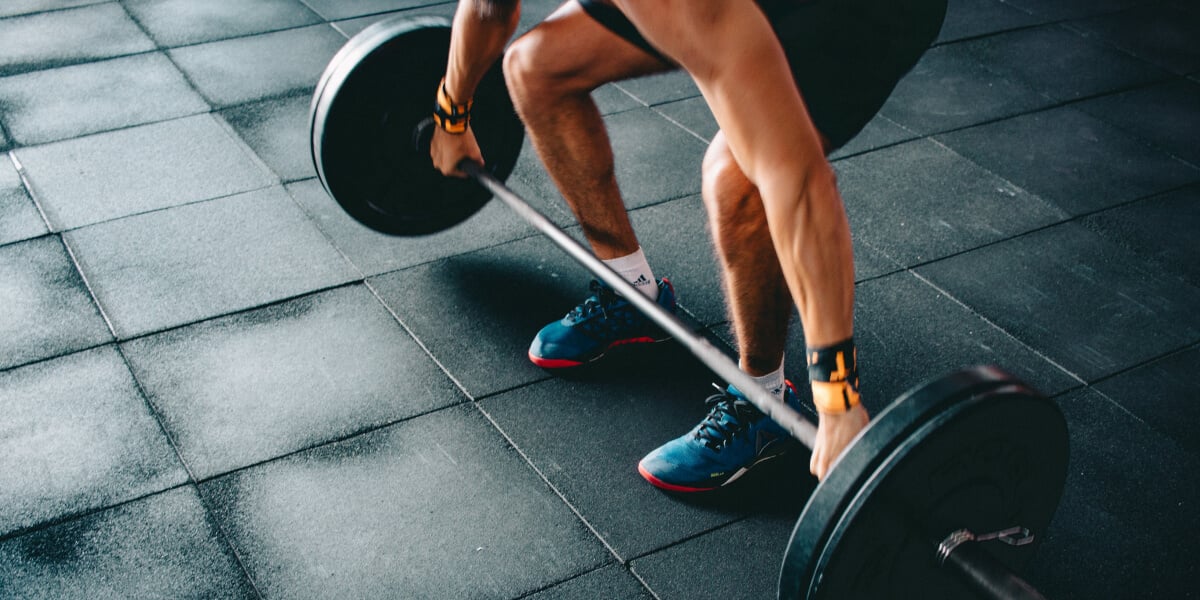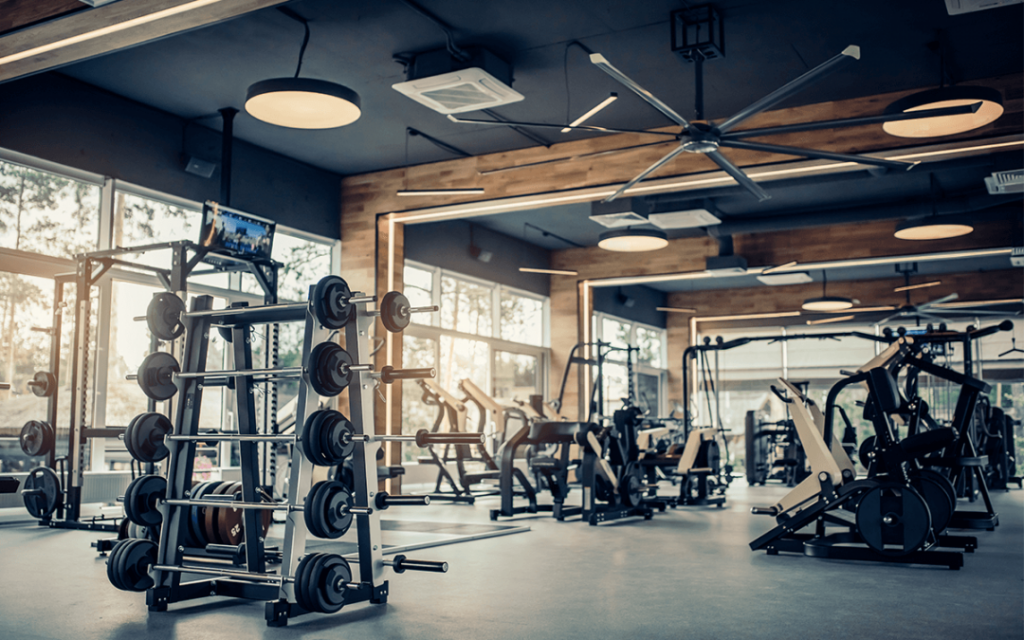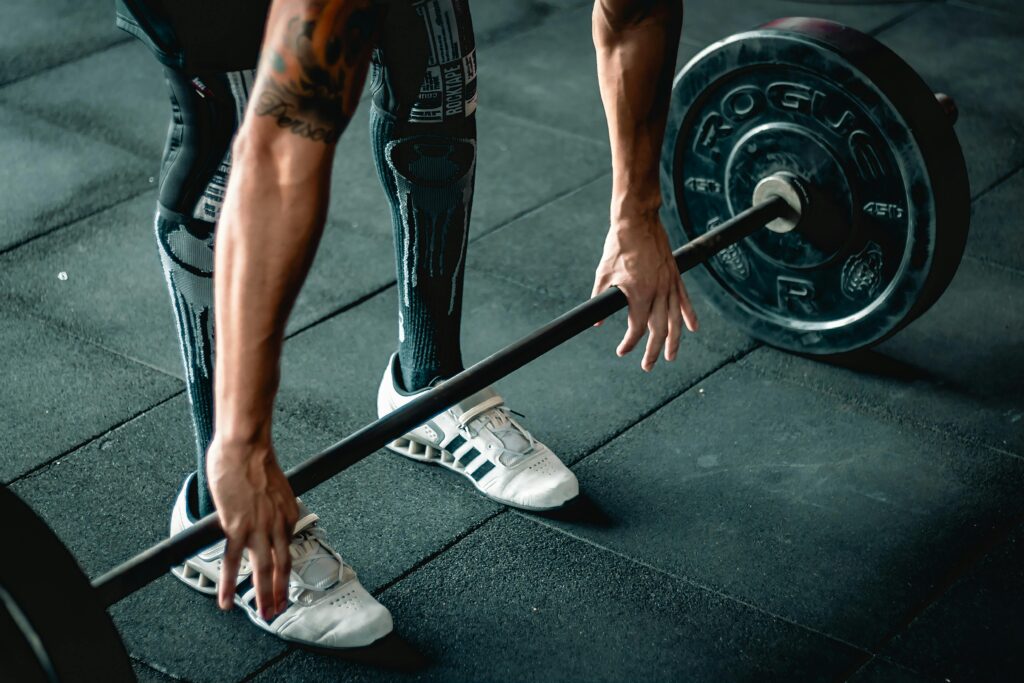The foundation of effective leg training lies in understanding the key muscle groups and their functions. The lower body comprises some of our largest and most powerful muscles:
Quadriceps (four muscles)
- Primary knee extensors
- Essential for squats and jumps
- Largest anterior leg muscles
Hamstrings (three muscles)
- Hip extension and knee flexion
- Posterior chain power
- Injury prevention focus
Glutes, calves, and hip complex complete the system

Complete Leg Day Workout Chart
| Exercise | Sets | Reps | Rest | Notes |
|---|---|---|---|---|
| Back Squats | 4 | 6-8 | 2-3 minutes | Maintain upright torso, full depth |
| Leg Press | 4 | 8-12 | 2 minutes | Keep back flat against the pad |
| Bulgarian Split Squats | 3 | 10-12 | 90 seconds | Controlled descent, vertical shin angle |
| Romanian Deadlifts | 4 | 6-8 | 2 minutes | Hip hinge focus, neutral spine |
| Hip Thrusts | 4 | 8-12 | 2 minutes | Full hip extension, peak glute contraction |
| Walking Lunges | 3 | 12 per leg | 90 seconds | Long stride, torso upright |
| Leg Extensions | 3 | 12-15 | 60 seconds | Peak contraction, control negative phase |
| Lying Leg Curls | 3 | 12-15 | 60 seconds | Full range of motion, slow eccentric |
| Standing Calf Raises | 4 | 15-20 | 60 seconds | Full stretch at bottom, hold peak contraction |
| Glute-Ham Raises | 3 | 8-12 | 60 seconds | Strict form, eccentric control |
Routine 1: Quad and Calf Focus
Begin with a Thorough Warm-Up
Cardio Preparation
- 10 minutes light cardio
- Dynamic stretching
- Mobility work
Movement Preparation
- 2 x 15 bodyweight squats
- 2 x 10 walking lunges per leg
Primary Movements
Back Squats:
- Warm-up Protocol
- Bar weight x 10
- 40% x 5
- 60% x 3
- Working Sets: 4 x 6-8 @ 75-85% 1RM
Leg Press:
- 4 sets of 8-12 reps
- Full range of motion
- Maintain back contact with the seat
- Adjust seat position and safety stops before starting
Bulgarian Split Squats:
- 3 sets of 10-12 reps per leg
- Maintain a vertical shin angle and upright torso
- Control the descent
Secondary Movements
Leg Extensions:
- 3 sets of 12-15 reps
- Focus on peak contraction
- Control negative phase
- Full range of motion
Standing Calf Raises:
- 4 sets of 15-20 reps
- Complete stretch at bottom
- Hold peak contraction
- Vary foot positions

Routine 2: Hamstring and Glute Focus
Primary Movements
Romanian Deadlifts (RDL):
- 4 sets of 6-8 reps
- Hip hinge pattern
- Maintain neutral spine
- Feel hamstring tension
Hip Thrusts:
- 4 sets of 8-12 reps
- Full hip extension
- Peak glute contraction
- Controlled descent
Walking Lunges:
- 3 sets of 12 reps per leg
- Long stride length
- Vertical torso
- Control throughout
- Posterior chain focus
Secondary Movements
Lying Leg Curls:
- 3 sets of 12-15 reps
- Full range of motion
- Controlled tempo
- Peak contraction focus
Glute-Ham Raises:
- 3 sets of 8-12 reps
- Strict form priority
- Eccentric control
- Maintain alignment
Programming Considerations
Exercise Selection Guidelines:
- Match mobility capabilities
- Rotate variations every 4-6 weeks
- Address individual weaknesses
- Balance movement patterns
- Consider recovery capacity
Volume Management:
- Start at lower volume threshold
- Progress gradually over weeks
- Monitor fatigue signals
- Implement deload weeks
- Track performance metrics
Progressive Overload and Recovery

Key Implementation Points:
Weight Progression:
- Add 2.5-5 pounds when hitting rep targets
- Maintain strict form
- Track all working sets
Recovery Protocol:
- 72 hours between sessions
- Immediate post-workout nutrition
- Sleep quality priority
- Stress management
Common Technical Mistakes to Avoid
Squat Pattern Issues:
- Forward knee travel
- Chest collapse
- Poor bracing
Hinge Pattern Problems:
- Back rounding
- Insufficient hip drive
- Loss of tension
Conclusion
Success in leg training requires mastery of technique, consistent progressive overload, and dedicated recovery practices. Focus on form before weight, progress gradually, and prioritize recovery between sessions.
Key Success Factors:
- Master technique first
- Progress systematically
- Prioritize recovery
- Stay consistent
- Track progress
- Listen to body feedback
Remember: proper execution of these routines requires patience, consistency, and attention to detail. Track your progress, listen to your body’s feedback, and adjust volume and intensity based on recovery capacity.